The three refer to renunciation, bodhichitta, and a correct view of voidness.
Renunciation is based on the attitude with which we turn our minds completely away from all wishes for samsara, uncontrollably recurring existence. Our attainment of liberation is dependent on having such a renunciation. Bodhichitta is the attitude or intention to attain enlightenment to benefit all limited beings (sentient beings). The correct view of voidness is realization of the actual abiding nature of reality.
Concerning the correct view or understanding of voidness, of reality, of non-inherent existence, if it is held by a mind of renunciation, it brings liberation. It brings liberation by eliminating the obscurations that prevent liberation, namely the disturbing emotions and attitudes, the mental factors that keep us bound in the compulsive existence of samsara. If the understanding of the correct view of voidness is held by a mind of bodhichitta, it eliminates as well the obscurations regarding all knowables, and which prevent omniscience – namely, the habits of grasping for true and inherent existence. Removing them brings the attainment of enlightenment. Therefore, a correct view of voidness is the main opponent that destroys the two sets of obscuration, and it is assisted by either renunciation or by both renunciation and bodhichitta.
The Hinayana teachings entail renunciation and the correct view of voidness in order to reach their goal, liberation. Mahayana adds to them bodhichitta to eliminate all obscuration completely. Thus, the three principal aspects of the path – renunciation, bodhichitta, and voidness – incorporate the essence of all the Hinayana and Mahayana teachings.
Our famous tantras, which have the profound subject of the subtle bodies, energy-winds, energy-channels, and energy-drops, has as its foundation the same three principal aspects of the path – renunciation, an extremely strong bodhichitta aim, and a full understanding of voidness as taught by Nagarjuna and his two spiritual sons. In addition to these, in tantra we set our pride or dignity on the potential of what we can achieve from the subtle winds and consciousness. In this way, we hold the dignity of either a Form Body or a Deep Awareness Dharma Body of a Buddha, or on both of these. Although we do not actually have these Buddha-bodies at the time of practice, yet based on our strong bodhichitta aim to attain this enlightened state to benefit all limited beings, we gradually become able to achieve them. We can achieve them through the practices of maintaining the dignity of these Buddha-bodies.
Thus, the three principal aspects of the path are the basis of the entire sutra and tantra paths. In any case, we must always try to follow a combined practice of method and wisdom, trying to help others, building up positive force, and so forth.
This particular text is quite short, only a few verses. I first studied it with Tagtra Rinpoche and later with many others, including Trijang Dorjechang. We need to set a proper motivation to listen to these teachings. If we set a kind heart as our motivation, this is the source of all happiness. If we lack such a heart, and instead are proud, pretentious, and so on, this only brings unhappiness and uneasiness. The effects in future lives of whether we will be either a cultivated, gentle person or a rough, crude being will be seen in terms of our conduct in this life. Even if we do not accept the existence of future lives, yet having a kind heart, or on the other hand being coarse and crude, will bring either happiness or unhappiness in turn, now.


